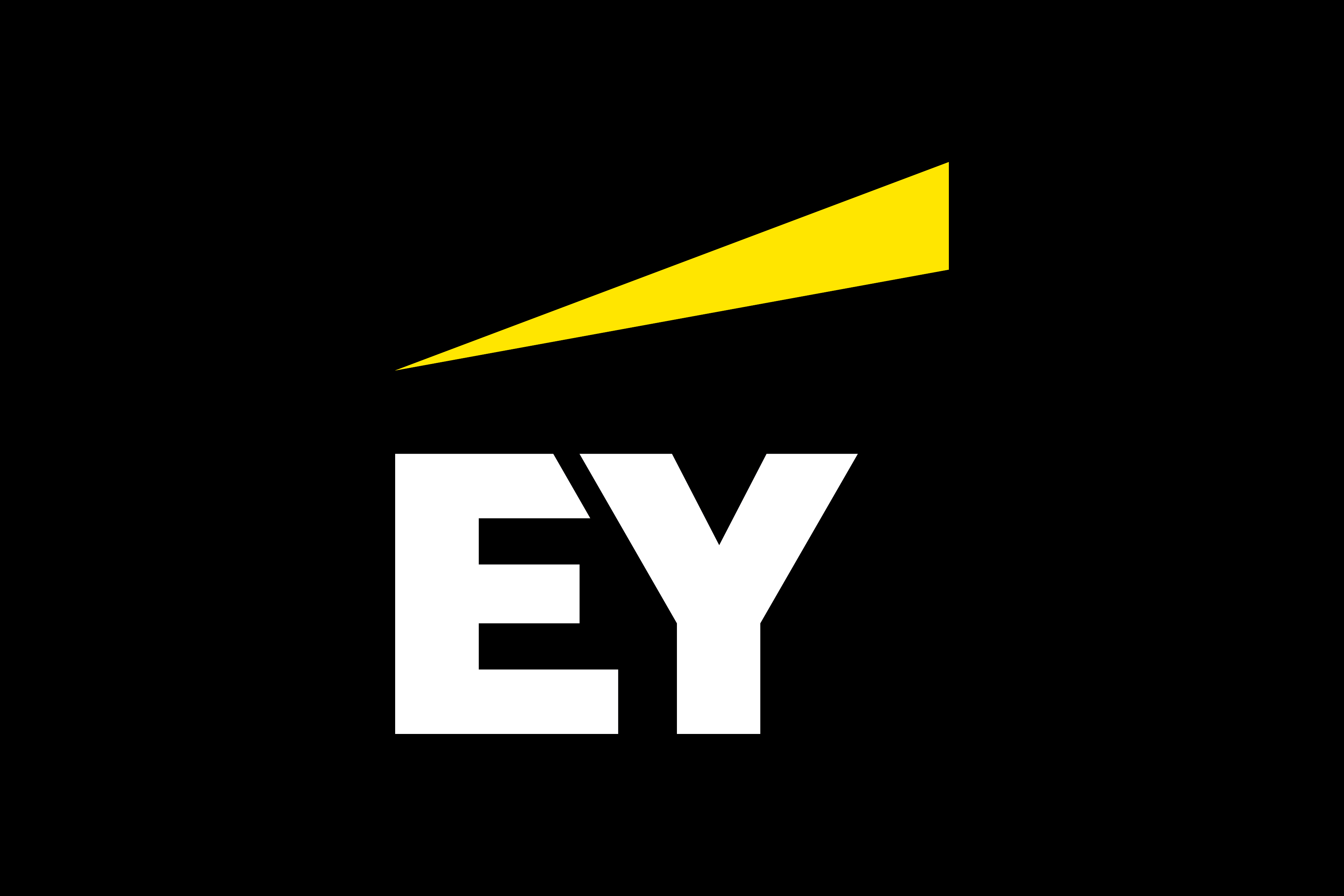EY refers to the global organization, and may refer to one or more, of the member firms of Ernst & Young Global Limited, each of which is a separate legal entity. Ernst & Young Global Limited, a UK company limited by guarantee, does not provide services to clients.
How EY can help
-
Discover EY digital audit and how it uses leading-edge technology to brings insights, depth and responsiveness to our audit work. Learn more.
Read more
Five digital audit questions financial services organizations should ask now
- The digital-first audit can empower Canada’s banks, asset managers, funds and insurers with much-needed flexibility in a complicated market.
- Asking five key questions now can help financial services organizations understand where they’re starting from and make a plan to harness the power of the digital audit now.
In a market where adaptability is essential for success, Canada’s financial institutions, asset managers, funds and insurers shouldn’t wait to embrace elements of the digital-first audit. Wherever you stand on the digital transformation journey, strategically layering purposeful digital solutions into the technology stack can improve the audit and build resilience now.
Even before tariff and trade headlines began dominating news cycles this year, Canadian businesses were facing clear economic and business-related challenges. In that environment, the EY CEO Confidence Index showed Canadian leaders across industries and sectors were leaning into disruptive forces and looking to increase digital adoption through business transformation. In January 2025, the top three priority areas for leaders were:
- Enhancing product and process innovation to improve current offerings and create new products and services
- Increasing digitization efforts and optimizing operations
- Accelerating top-line growth
Just one quarter later, challenges continue to mount for businesses here, and financial services is no exception. Resilience has become the word of the day, as businesses and organizations seek ways to insulate themselves in this increasingly unpredictable market. Data and real-time insight are ever-more powerful levers that can enable banks, insurers and other financial service providers with the ability to strategically adjust course as needed, be nimble and remain competitive.
The thing is: too many leaders believe they’re not far enough along on the digital transformation journey to tap into the upsides a digital-first audit brings — especially in a volatile market like this. But that’s a myth.




